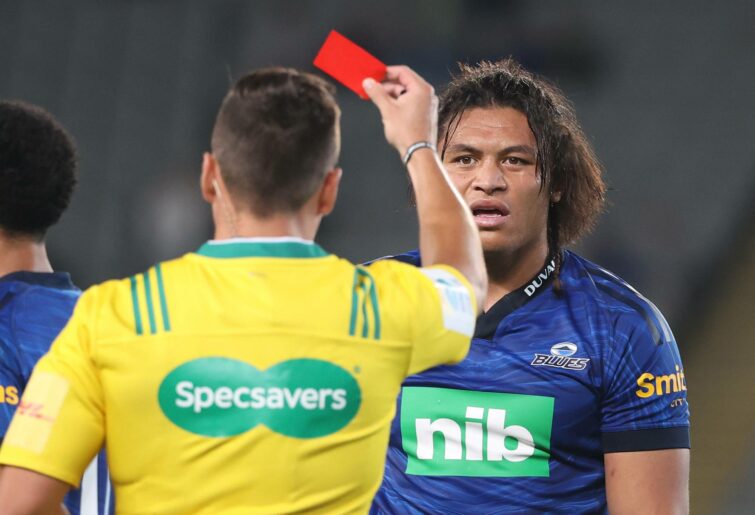Australians as a people tend towards a sunny outlook. At least that’s the popular perception.
Yet for some reason, rugby in these parts seems intent on dwelling in its dark cave of recrimination and regret.
Anyone looking in from the outside might suppose rugby is hopeless , flailing around in a morass of money troubles, lumpen laws and diminishing spectacle, all while the spectre of brain injury casts a long shadow.
Scratch beneath the surface, though, and you’ll find a sport brimming with life. All you have to do is attend any local kids or club game to reconnect with the spirit of rugby.
Australian rugby’s heartbeat is as strong as ever. If we could just get Rugby Australia back in the black, fix the laws, improve the spectacle and make rugby safer, we’d be a force to be reckoned with.
The task might seem impossible given rugby’s international context, but there’s perhaps a bigger issue at play than geography and that’s the tendency to treat the symptoms rather than the disease.
Got a problem with head injuries? Outlaw high tackles. Too many stoppages? Mandate defined water breaks.
Trying to fix issues in isolation from the broader context of the game means fundamental problems are never properly identified and addressed. There must be a better way.
To move forward, perhaps we first need to first glance back to a time before players were gym-rats, when rugby really was a game for all shapes and sizes, a time when smarts and skills were prized, and players were either piggies or princes but never athletes.
Since professional programs were introduced a little over a quarter of a century ago, player size and mass has risen dramatically. As a result – and this will surprise no one – rugby has evolved from a contact sport into a collision sport.
Size and power are king, with bruising defences increasingly stifling attacking ambition and creativity.
There’s been a human toll too.
Rugby is a dynamic game. Injuries are part and parcel of it; it has always been so. Today, however, the forces are considerably greater.
Australia hasn’t yet had to confront a tsunami of early-onset dementia or probable CTE cases, but, with the collisions getting bigger – not to mention the increasing numbers of players plying their trade in the longer and more attritional northern competitions – when will our luck run out?
World Rugby is taking a hard-line stance on head contact. Counter-intuitively, this is while every coach from Dublin to Dunedin is demanding ever greater physicality from their players.
Hit harder! Dominate the collisions! Bring the brutality! We hear these terms every week.
Players and referees are caught between a rock and a hard place, working in an environment that’s entirely at odds with desired safety outcomes.
Instead of changing player behaviour, all the flourishing of cards and the walk of shame to the sideline have produced are interminable stoppages, fan frustration and unfair scrutiny of referees. Red cards risk the integrity of the contest, fan anger turns to apathy and the money follows supporters out the door.
r

(Photo by Fiona Goodall/Getty Images)
The answer is a rugby revolution that restores the balance between power and glory.
There’s never been a better opportunity – and more reason – to rediscover rugby as a contest of skills, evasion, flair and wits as much as physicality.
Limiting use of the bench to favour lighter players and ending gang tackles to promote offloads are just a few changes that have been suggested as ways of opening up the game. However, like all fixes designed around regulation, they’ll likely fail unless we commit to realigning the game more closely with its spirit.
Rugby must always preserve the ideal of a perpetual contest, a game that genuinely can be played and won in a number of ways. But those ways must not include weaponising players’ bodies.
Australia, with the support of our near-neighbours, is ideally placed to lead the charge and show World Rugby what’s possible. We’re progressive, attacking rugby is in our DNA, player welfare is a priority, and we have Super Rugby Pacific in which to trial a reset.
We also have nothing to lose.
If we get it right, the reward could be a safer game for players – and lower risks will certainly do no harm to future participation rates.
Not only that, a game that prizes free-flowing attack as much as physical defence has the potential to reinvigorate rugby as a spectacle, take the heat off referees, and restore a game for all shapes and sizes, not just big lumps.
Just watch the spectators and the money flood back then.
If that happens, Australian rugby fans will have good reason to smile.






























































































